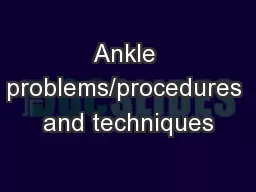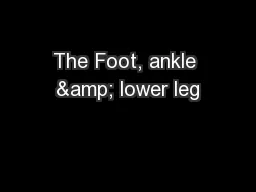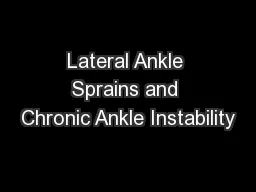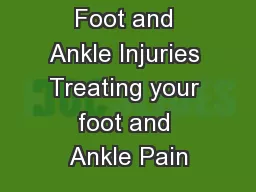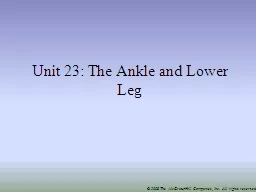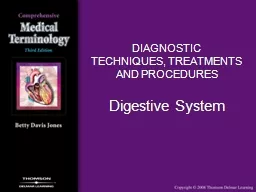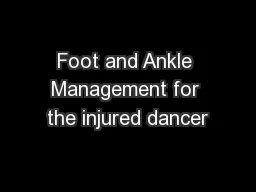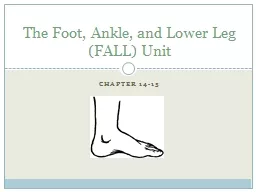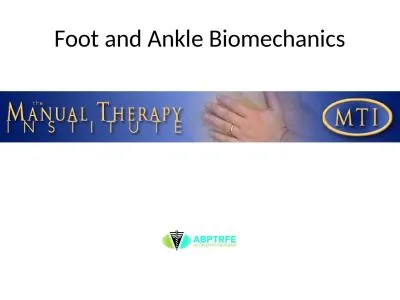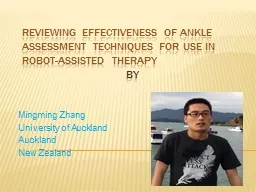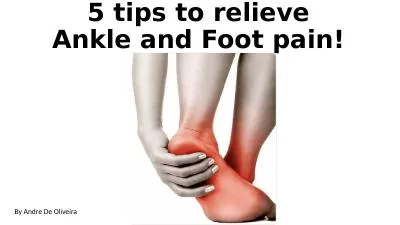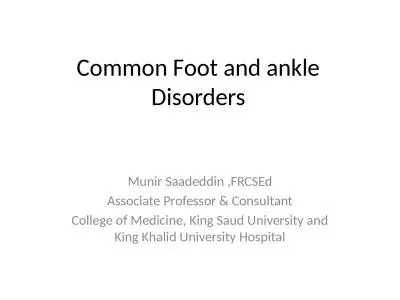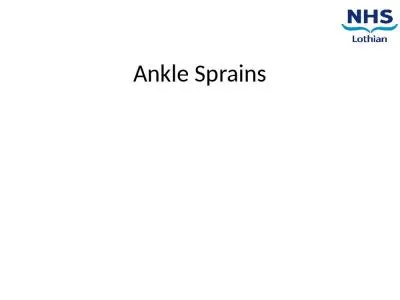PPT-Ankle problems/procedures and techniques
Author : tatyana-admore | Published Date : 2015-10-29
Ankle Arthroscopy Indications Diagnostic Treatment Impingement Removal FB Stabilisation OCDs Fusion procedures Set up is everything Mark out important structures
Presentation Embed Code
Download Presentation
Download Presentation The PPT/PDF document "Ankle problems/procedures and techniques" is the property of its rightful owner. Permission is granted to download and print the materials on this website for personal, non-commercial use only, and to display it on your personal computer provided you do not modify the materials and that you retain all copyright notices contained in the materials. By downloading content from our website, you accept the terms of this agreement.
Ankle problems/procedures and techniques: Transcript
Download Rules Of Document
"Ankle problems/procedures and techniques"The content belongs to its owner. You may download and print it for personal use, without modification, and keep all copyright notices. By downloading, you agree to these terms.
Related Documents

